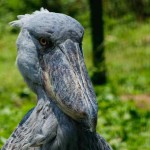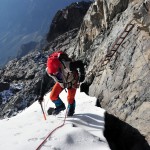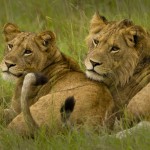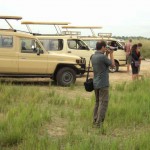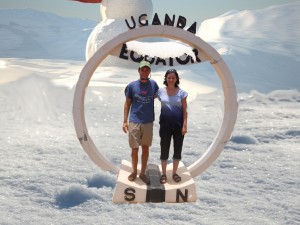
Uganda is one of the best safari countries in Africa. The country hosts a large number of wild animals, beautiful scenery and outdoor activities. It offers a mix of adventure, nature and culture making it a perfect choice for travelers who prefer to explore the wild side of Africa. Visitors can enjoy tracking gorillas in the misty forests and spotting lions, elephants and hippos in open grassland.
The best time to visit Uganda is in dry season from June to August and December to February. During these months, the weather is good, the roads are easier to travel and animals are easier to spot as they gather near water resources. It is also the best time for gorilla and chimpanzee trekking since the forest trails are less muddy and more comfortable for hiking. And some of things to do in Uganda include;
Mountain Gorilla trekking
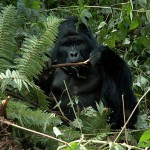
Mountain gorilla trekking starts early in the morning with a short briefing from the park rangers. After that, a small group of 8 people each guided by rangers is led through a thick forest in search for gorilla families. The hike can take between one to six hours depending on where the gorillas are. When the gorillas are found, visitors are allowed to spend an hour with them quietly observing as they feed, play, and interact with each other.
Those doing gorilla habituation spend more hours with them. The experience is safe and well managed as the rangers and guides lead the way ensuring both the visitors and gorillas are protected. To take part in gorilla trekking, visitors must have a gorilla trekking permit, and the money from these permits helps in gorilla conservation and support the local communities.
White water rafting at the source of the Nile
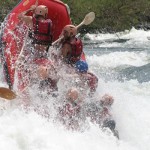
Rafting trips starts with short briefing and training from the guides. They explain how to paddle and stay safe. Visitors then get into a large inflatable boats and move down the river where they face rapids and waves of different levels. The rafting can be easy or very challenging depending on what you choose. Between the rapids, there are calm parts where you can relax, swim and enjoy the peaceful nature around you.
Safety is the top priority. Everyone wears a helmet and life jacket and there are trained guides and safety kayakers who help if needed. You can choose a half day or full day trip allowing everyone from beginners to adventure lovers enjoy the experience.
Bird watching
Mabamba Swamp is especially famous for the rare Shoebill Stork, one of Uganda’s most sought-after birds. Other birds that are commonly seen include African fish eagles, kingfishers, hornbills, sunbirds, weavers, and many forest and water birds. Bird watching can be combined with other safari activities such as nature walks, boat trips and game drives.
Kasubi tombs cultural tour
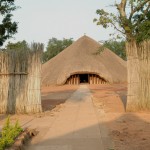
Cultural visit to Kasubi Tombs offers a chance to visitors to learn about the history, traditions and royal heritage of the Buganda Kingdom. The Kasubi Tombs has a main building called Muzibu Azaala Mpanga which is made from natural materials like reed, thatch and wood. This building portrays a traditional Ganda architecture and represents both cultural pride and craftsmanship. During the tour, the local caretakers explain the meaning of the tombs, history of the Kabakas buried there and the customs followed by the Baganda people. The site also includes smaller huts, royal symbols, and items used by the former kings.
Rwenzori mountain climbing
The highest peaks of these ranges are covered in snow all year round even though they lie on the equator and with in the tropics this is what leaves most visitors to these mountain astonished “finding snow on the Equator”. Climbing Rwenzori mountains is a bit challenging as visitors go through different vegetation zones for instance, tropical forests, bamboo forests and alpine meadows. Along the way climbers can spot unique plants, waterfalls, birds and wildlife like colobus monkeys, L’Hoest monkeys among others.
Trekking Mountain Rwenzori takes 3 to 9 days or more depending on the route and how far you plan to climb. Most climbers use Rwenzori National Park as their starting point. Climbers are guided by mountain guides and porters who help to carry supplies.
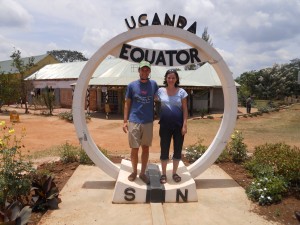

 Posted in
Posted in 